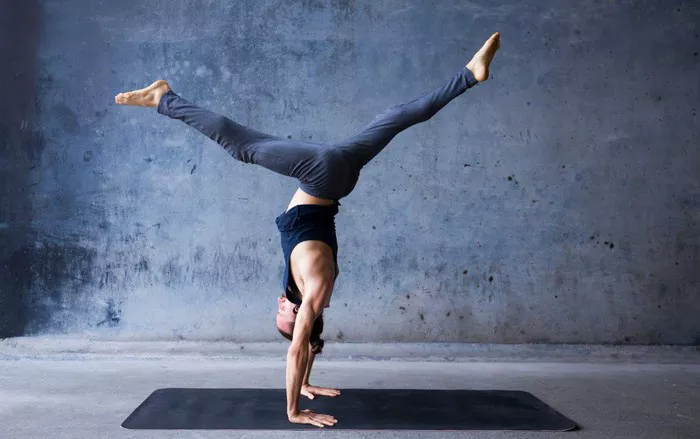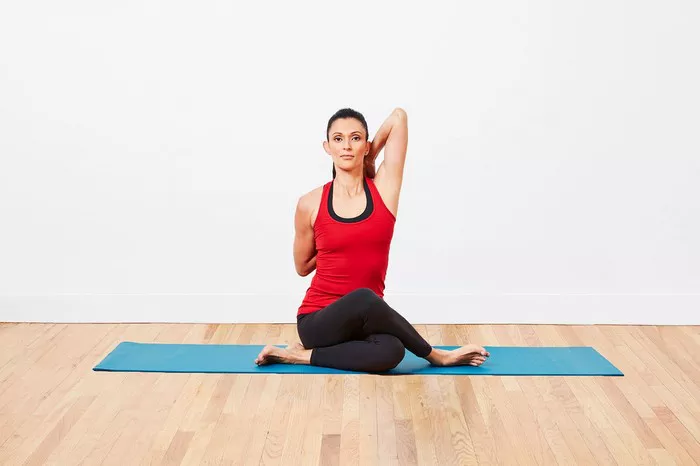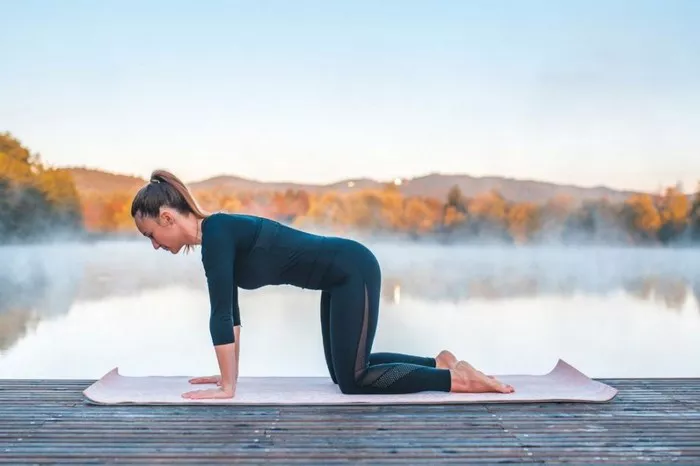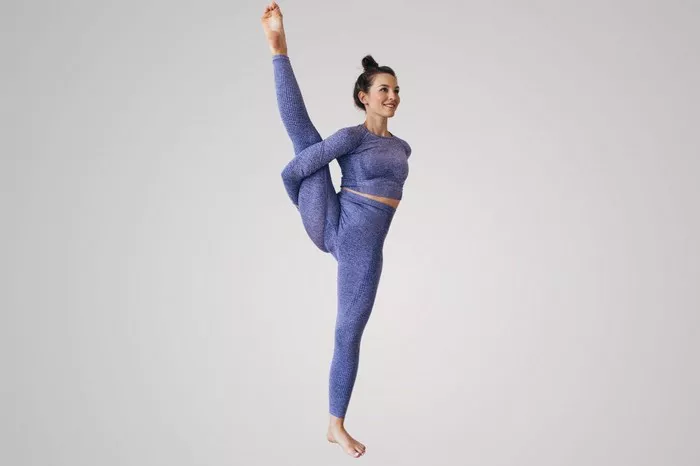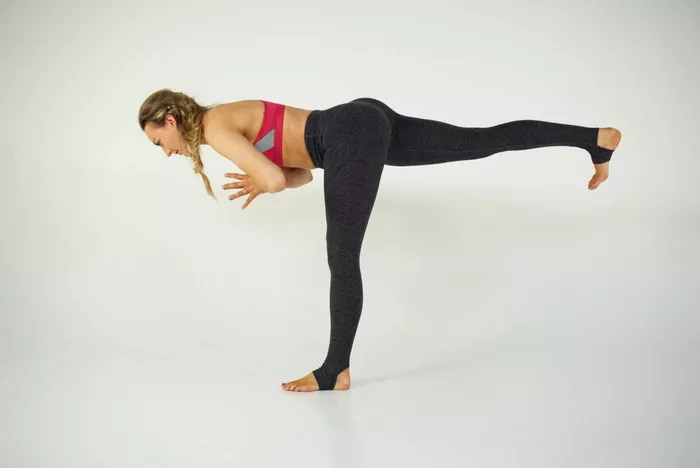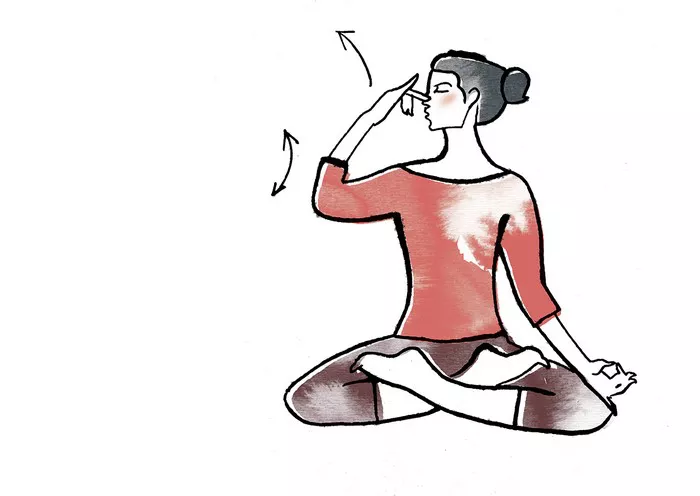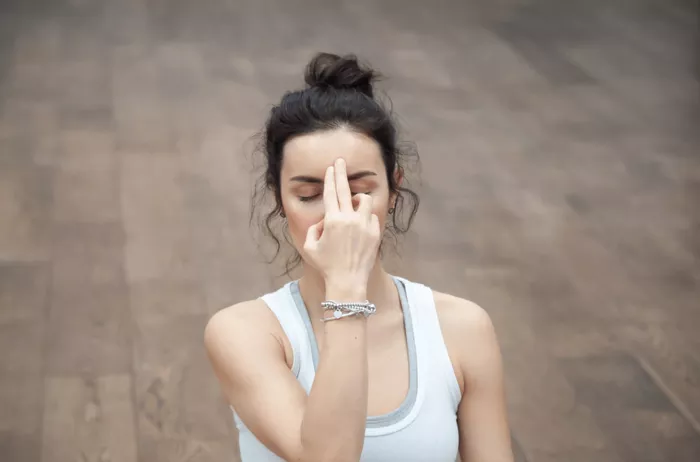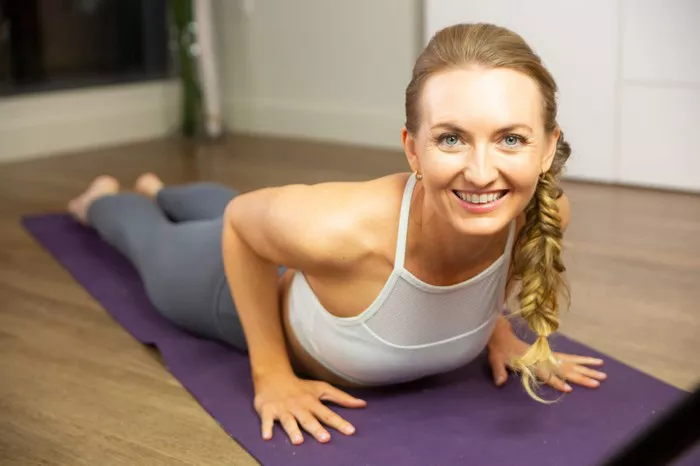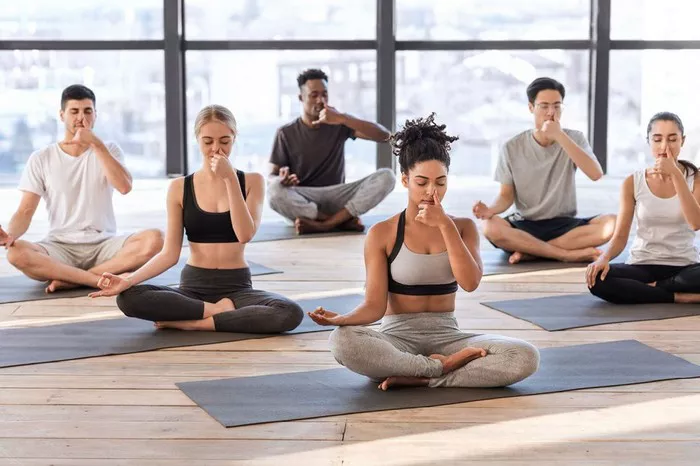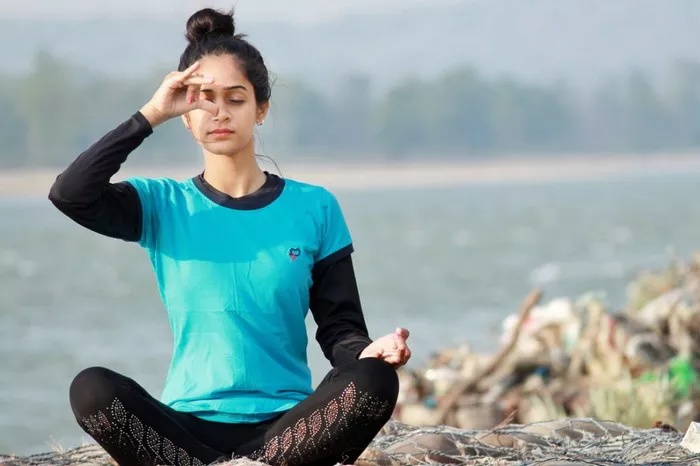Yoga, an ancient discipline that combines physical postures, breathing techniques, and meditation, includes a variety of poses designed to strengthen the body and calm the mind. One of the most recognized among these is the Boat Pose, known in Sanskrit as Navasana. This pose is widely practiced in yoga classes around the world for its core-strengthening benefits and symbolic significance.
The name “Boat Pose” may sound curious at first, especially to those unfamiliar with yoga’s poetic and metaphorical language. The pose resembles the shape of a boat, and its name is steeped in both literal observation and metaphorical interpretation. But why specifically a boat? Understanding the origins and symbolism behind this name offers deeper insights into the purpose and philosophy of the pose itself.
1. The Visual Resemblance
Posture and Shape
The most immediate and obvious reason for the name “Boat Pose” is the visual similarity the body forms when performing the posture correctly. In Navasana, the practitioner sits on the floor and lifts both legs and upper body to form a V-shape, with the arms extended forward. This V resembles the hull of a boat cutting through water.
- Legs and spine form the two sides of the “V,” mimicking the pointed bow of a small vessel.
- Arms extended forward appear like oars or the sides of a boat.
- The balance on the sit bones gives the illusion of floating—another link to a boat on water.
This clear visual correlation led early yoga practitioners to compare the pose with a boat, and the name naturally followed.
Etymology of “Navasana”
The Sanskrit name Navasana is derived from two words:
- Nava, meaning “boat.”
- Asana, meaning “pose” or “posture.”
So, even linguistically, the ancient yogis described the pose exactly how they envisioned it—a human body emulating a boat. The descriptive nature of yoga names often helps practitioners visualize and connect more intimately with the posture.
2. Symbolism of the Boat in Yoga Philosophy
Crossing the Ocean of Life
In yogic and broader Indian philosophy, life is often metaphorically compared to an ocean. This vast ocean represents the world of illusion (maya), suffering (dukkha), and spiritual challenges. In many scriptures, the mind and body are viewed as a vessel—a boat—that helps one traverse this ocean toward spiritual enlightenment.
Practicing Boat Pose is a symbolic act:
- The physical balance mirrors mental balance needed in life.
- The effort to stay afloat reflects persistence on the path to self-realization.
- The discipline required embodies the struggle against distraction and ignorance.
Thus, Boat Pose is not just an exercise; it’s a meditative reminder of life’s journey and the importance of inner stability.
Spiritual Journeys in Hindu Texts
Ancient Hindu texts frequently refer to the metaphor of crossing a river or ocean as symbolic of spiritual progress. For example:
- In the Bhagavad Gita, Lord Krishna advises Arjuna that the wise cross beyond delusion “as one crosses a river by boat.”
- The Upanishads often liken knowledge (jnana) to a boat that helps seekers reach the shores of immortality and truth.
By practicing Boat Pose, one physically embodies this spiritual motif, reinforcing a connection to ancient teachings.
3. Physical Benefits That Reinforce the Metaphor
Building Core Strength
Boat Pose is particularly effective in strengthening the core muscles, including:
- Abdominals
- Hip flexors
- Spinal erectors
A strong core acts like the stabilizing center of a boat. Just as a boat must be well-balanced to avoid capsizing, the human body requires core stability to maintain posture and prevent injury.
This connection between physical strength and the symbolism of a steady boat enhances the relevance of the name.
Developing Balance and Focus
Successfully holding Boat Pose requires intense concentration and balance. Just like sailing requires attention to direction, wind, and currents, practicing Navasana teaches:
- Mindfulness
- Equilibrium
- Discipline
These qualities mirror the attributes needed to navigate life’s figurative waters, again connecting the name of the pose with its deeper purpose.
4. Cultural and Historical Contexts
Boats in Ancient India
In ancient India, boats were crucial for transportation, trade, and survival. The image of a boat was deeply embedded in the cultural psyche. They represented not only physical travel but also journeys of the soul.
It’s likely that yoga sages, observing boats in rivers and oceans, found natural inspiration in their shape and function, which translated into physical postures like Navasana.
Symbolic Vessels in Ritual and Religion
In Vedic rituals, boats and other vessels symbolized:
- Offerings of life across to divine realms
- Transference of prayers and intentions
- Support structures for the soul’s passage
Boat Pose, in its physical form, subtly evokes these ancient ideas, reminding practitioners of their spiritual goals during practice.
5. Teaching and Practicing Boat Pose
Steps to Enter Boat Pose
To correctly enter Boat Pose:
- Sit on the floor with legs extended.
- Bend knees and place feet flat on the ground.
- Lean back slightly, lifting feet off the floor.
- Extend legs to a 45-degree angle, straightening them if possible.
- Stretch arms forward, parallel to the ground.
- Balance on the sit bones and hold the V-shape position.
This progression not only develops physical strength but demands mental presence—just like a sailor steadying a boat in open waters.
Common Modifications and Variations
Not everyone can perform the full version of Boat Pose immediately. Fortunately, there are modifications:
- Bent knees: Easier on the hip flexors and lower back.
- Hands under thighs: Offers support and improves balance.
- Half-Boat (Ardha Navasana): A preparatory pose that focuses on the lower abdominal muscles.
Each variation still embodies the boat metaphor, regardless of the intensity level.
6. Mind-Body Integration Through Metaphor
Mental Conditioning Through Imagery
One of yoga’s strengths lies in how it uses metaphor to enhance bodily awareness. When a practitioner envisions themselves as a boat, they engage more than just muscles—they activate imagination, intention, and reflection.
Imagery in yoga:
- Improves mental clarity
- Enhances motivation
- Deepens spiritual practice
Boat Pose, through its name, becomes a visualization exercise as much as a physical challenge.
Emotional and Energetic Anchoring
Emotionally, the pose can evoke feelings of perseverance, strength, and journey. Energetically, Boat Pose stimulates the Manipura Chakra, located at the solar plexus, which governs willpower, identity, and transformation.
Thus, the posture acts as an energetic anchor, helping yogis feel centered, much like a boat anchored at sea to avoid drifting.
7. Why the Name Matters
Language as a Tool for Connection
The naming of yoga poses plays a significant role in:
- Teaching clarity
- Cultural continuity
- Symbolic understanding
“Boat Pose” instantly gives a visual and metaphorical cue, enabling practitioners to connect with the posture more deeply than if it were assigned an arbitrary title.
Legacy and Tradition
By preserving names like Navasana or Boat Pose, yoga retains a lineage of insight stretching back thousands of years. Each name carries embedded meanings, aiding in the transmission of wisdom across generations.
Understanding why a pose is called what it is offers respect to the practice and its origins.
8. Comparing Boat Pose with Other Symbolic Poses
Yoga includes many postures inspired by animals, objects, and natural elements. Some examples include:
- Tree Pose (Vrikshasana) – Symbolizes rootedness and growth.
- Mountain Pose (Tadasana) – Embodies stability and stillness.
- Cobra Pose (Bhujangasana) – Reflects awakening and alertness.
Boat Pose stands among these, offering a vivid narrative of journey, balance, and strength. It complements the broader lexicon of yoga’s symbolic storytelling.
9. The Universal Appeal of the Boat Motif
Cross-Cultural Resonance
The boat is a universal symbol found in cultures worldwide:
- In Greek mythology, boats were used to ferry souls across the River Styx.
- In Christian traditions, the boat symbolizes faith amidst storms.
- In Buddhism, the “Dharma” is the boat that helps one cross the river of suffering.
This universal imagery enhances the accessibility of Boat Pose. Even outside Indian tradition, the symbolism resonates deeply, making the pose relatable to a global audience.
The Archetype of the Journey
Human beings are inherently drawn to stories of journeys, adventures, and crossings. Boats represent transformation, challenges, and arrival at a destination.
By practicing Boat Pose, individuals enact this archetype in a personal, physical way—reminding themselves they are always progressing toward something more meaningful.
Conclusion
The name “Boat Pose” is more than a simple description of form. It encapsulates a world of visual resemblance, cultural depth, spiritual aspiration, and personal transformation. From ancient texts to modern classrooms, this posture carries the weight of metaphor and the promise of strength.
In understanding why it is called Boat Pose, we uncover layers of wisdom embedded in yoga’s holistic philosophy. It teaches us that every pose is a portal—not just to better health, but to greater awareness of our life’s voyage.
Related Topics:


